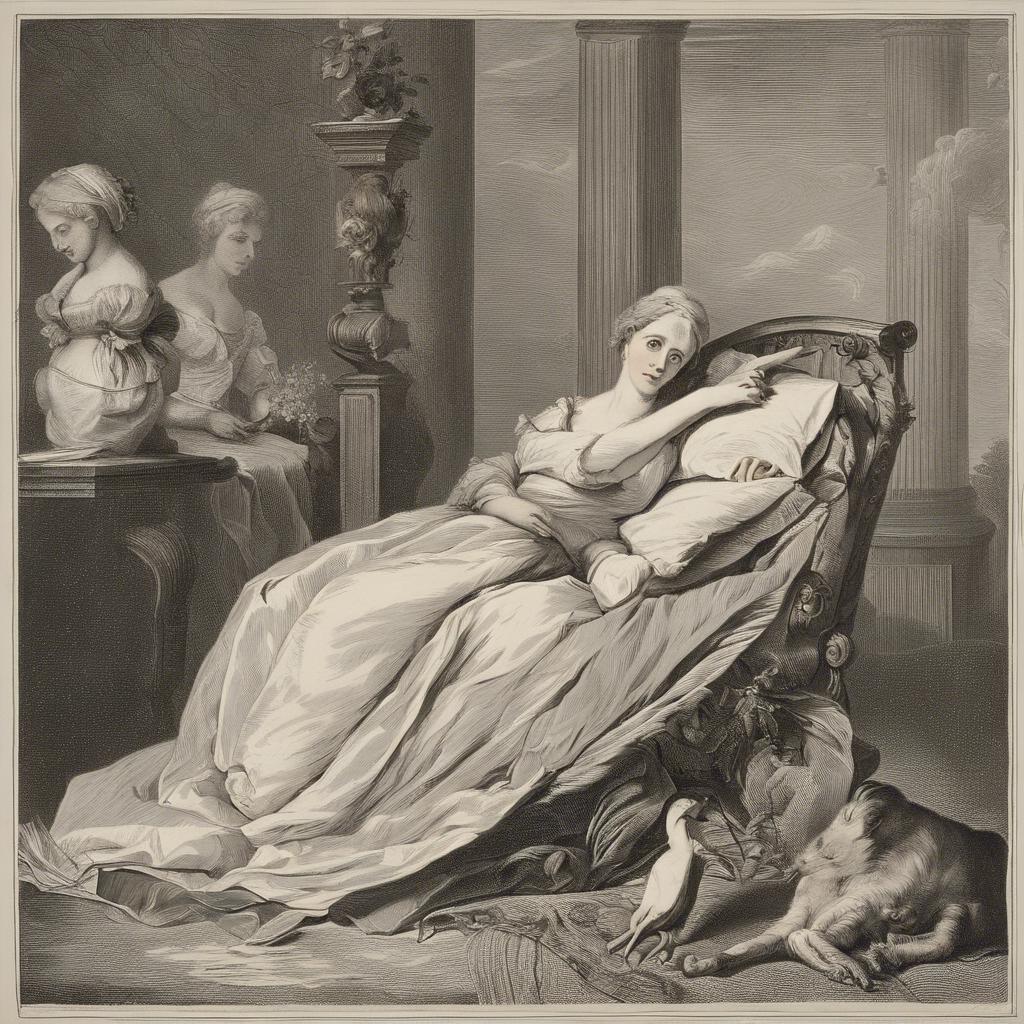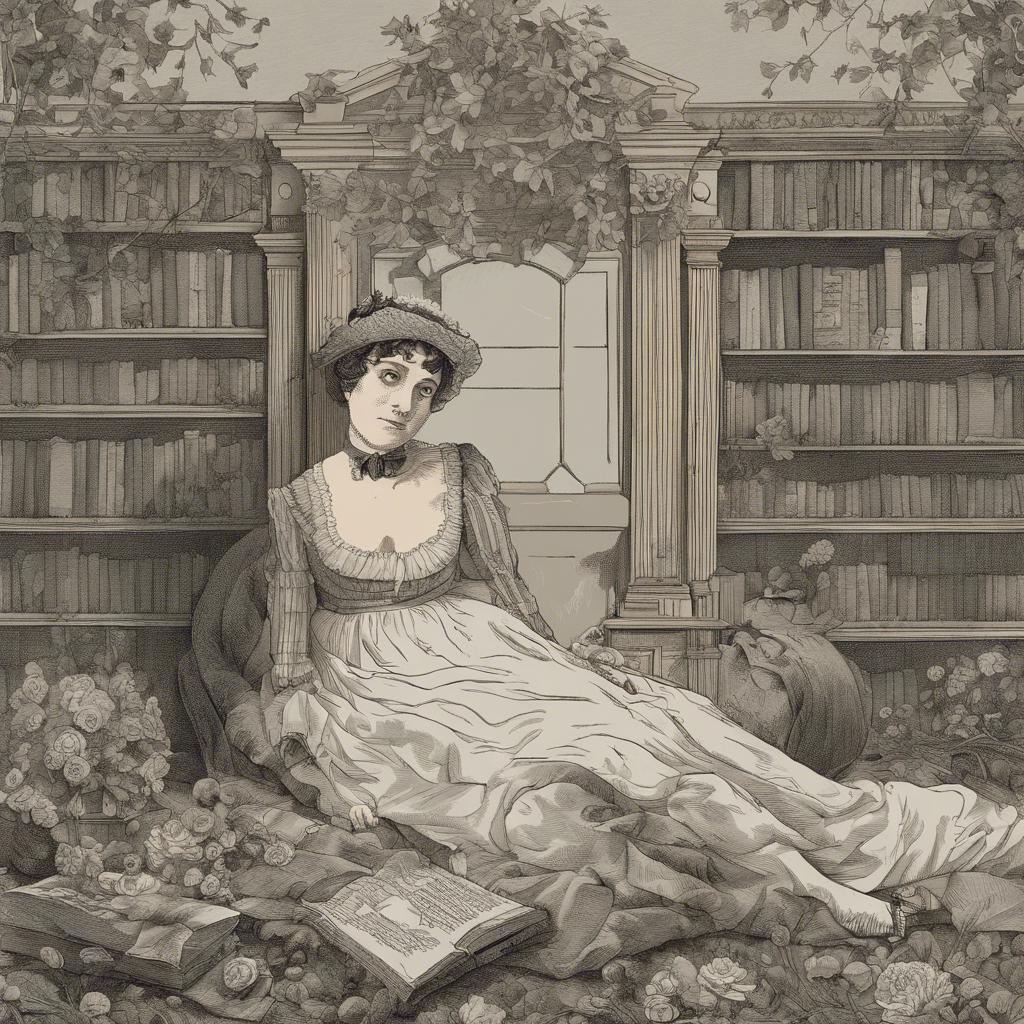Jane Austen, the esteemed English novelist whose works continue to captivate readers around the world, passed away on July 18, 1817. Her death at the relatively young age of 41 has been the subject of much speculation and debate among literary scholars and historians. In this article, we will explore the possible causes of Jane Austen’s untimely demise, shedding light on the circumstances surrounding her passing and the enduring mystery that surrounds it.
Step Into the World of Cheryl Bolen
Dive into the enchanting stories of love, intrigue, and elegance set in the Regency Era. Cheryl Bolen's novels offer timeless romance and captivating tales that will leave you wanting more.
Explore Cheryl Bolen's Books Now
Jane Austens Health Condition Prior to Her Death
During the final months of her life, Jane Austen suffered from a mysterious illness that left her weak and in constant pain. Some biographers believe that she may have had Addison’s disease, a rare endocrine disorder that affects the adrenal glands. Others speculate that she may have had Hodgkin’s lymphoma, a type of cancer that affects the lymphatic system. Regardless of the exact cause, it is clear that Austen was in poor health leading up to her death.
Despite her declining condition, Austen continued to write and revise her novels. In fact, she was working on the final chapters of “Sanditon” when she fell seriously ill. Her determination to complete her work is a testament to her dedication to her craft and her unwavering commitment to her art.
On July 18, 1817, Jane Austen passed away at the young age of 41. Her death was a great loss to the literary world, as she was just beginning to receive the recognition she deserved. Although the exact cause of her death remains unknown, it is clear that Austen’s legacy lives on through her timeless novels and enduring charm.
The Speculations Surrounding Jane Austens Actual Cause of Death
Throughout history, there have been numerous speculations surrounding the actual cause of Jane Austen’s death. While the official cause of death listed on her death certificate is Addison’s disease, there are several theories that suggest alternative explanations.
One theory suggests that Jane Austen may have died from arsenic poisoning, as traces of arsenic have been found in her hair. This has led some to believe that she was murdered, possibly due to political reasons or personal vendettas.
Another speculation is that Jane Austen may have died from a rare form of cancer, such as Hodgkin’s lymphoma. Some researchers have pointed to her symptoms, such as weight loss and fatigue, as potential indicators of an underlying illness.
Examining the Medical Practices of Jane Austens Time
During Jane Austen’s time, medical practices were vastly different from what we know today. Illnesses and diseases were often treated with methods that may seem unconventional by modern standards. It is important to examine the medical practices of the early 19th century to understand the context in which Jane Austen lived and ultimately died.
One of the most common causes of death during Jane Austen’s time was infectious diseases. Smallpox, typhus, and tuberculosis were rampant, and there were limited treatments available. Patients were often bled or given herbal remedies in an attempt to cure their illnesses. It is believed that Jane Austen may have succumbed to an illness such as tuberculosis, which was prevalent during her lifetime.
Despite the limitations of medical knowledge in Jane Austen’s era, physicians were highly respected members of society. However, their treatments were often based on theories that have since been disproven. The lack of understanding of germ theory and proper hygiene practices meant that many patients did not receive the care they needed. Jane Austen’s own experience with illness and medical treatments sheds light on the challenges faced by individuals during this time period.
Recommendations for Further Research into Jane Austens Death
Further research into Jane Austen’s death is essential in order to shed more light on the mysterious circumstances surrounding her passing. One area that warrants investigation is the possible presence of any undiagnosed medical conditions that may have contributed to her death.
It is also important to delve deeper into the treatment she received during her final days and whether any medical interventions may have had unintended consequences. Examining Jane Austen’s personal correspondence and any accounts from her family and friends could provide valuable insights into her state of health leading up to her death.
Moreover, a comprehensive analysis of the historical context in which Jane Austen lived could uncover any societal factors that may have influenced her health and well-being. Exploring the prevailing medical practices of the time and comparing them to modern standards could offer a better understanding of the challenges she faced in seeking medical care.
Wrapping Up
the cause of Jane Austen’s untimely death at the age of 41 has been a subject of much speculation and debate. While the exact cause remains uncertain, contemporary accounts point to a possible diagnosis of Addison’s disease or possibly Hodgkin’s lymphoma. Regardless of the cause, Austen’s legacy as one of the greatest novelists in English literature remains unblemished. Her works continue to captivate readers around the world, offering a window into the society and mores of Regency-era England. Jane Austen may have passed away centuries ago, but her influence and relevance endure to this day.


